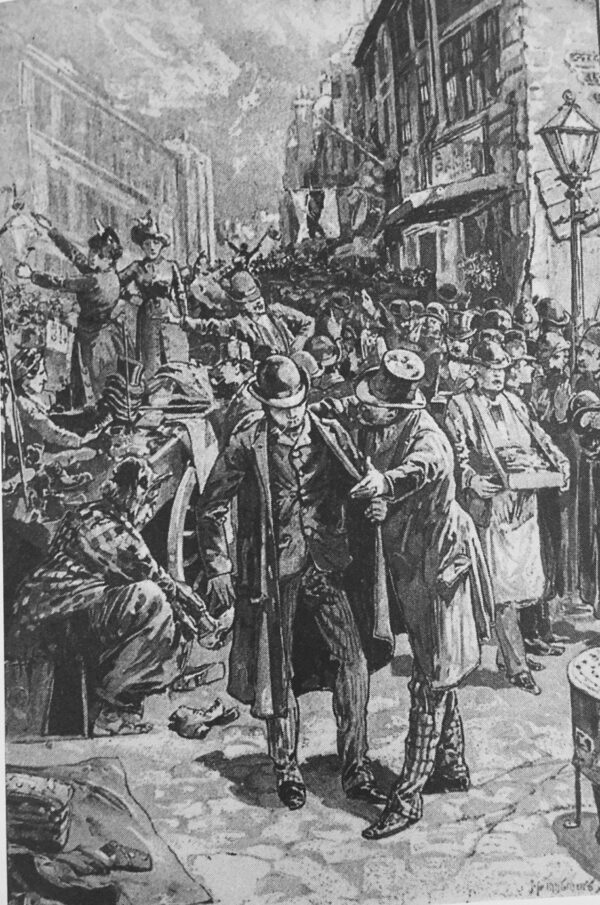British Jews in the mid-19th century faced a difficult dilemma regarding their identity: how could they be really English without ceasing to be Jewish? It was not a uniquely British problem. European Jews trying to reconcile their individualism with the requirements of traditional Judaism were exactly in the same situation.
Sarah Abosch-Jacobson, an American scholar, examines this pivotal issue in We Are Not Only English Jews — We Are Jewish Englishmen: The Making of an Anglo-Jewish Identity, 1840-1880, published by Academic Studies Press.
She focuses on this four-decade period for good reason. “Over the course of these forty years, a mature, increasingly comfortable, native-born Jewish community emerged and developed in London,” she writes in her informative work.
London is at the center of her inquiry because the majority of British Jews lived in this bustling, cosmopolitan city during this epoch.
Abosch-Jacobson’s book unfolds against the backdrop of two events, both of which involved the Board of Deputies of British Jews, the most influential Jewish organization in the country.
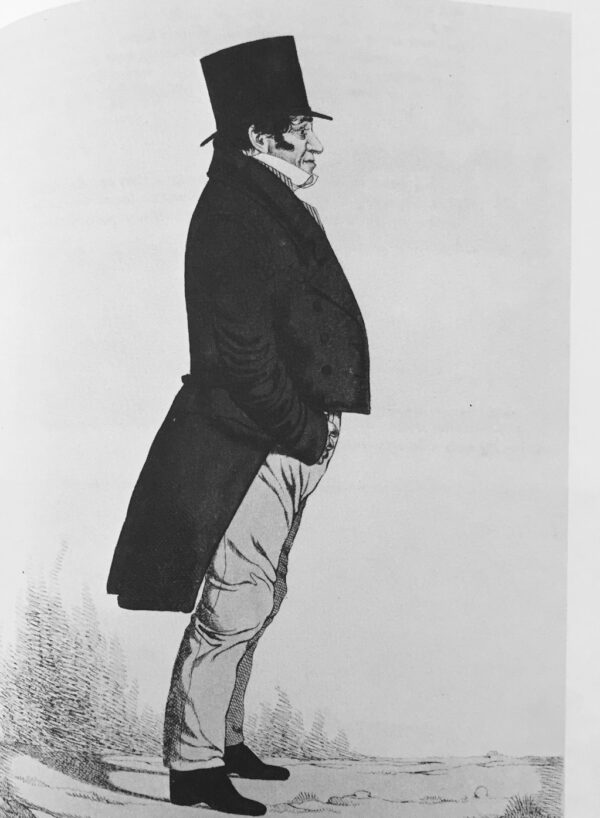
In 1840, a group of wealthy and fairly assimilated Jews, including the members of the Goldsmid, Mocatta and Montefiore families, founded Britain’s first Reform shul, the West London Synagogue of British Jews. They were driven, in part, by a desire to reform Jewish liturgical practices so that Jews would gain greater acceptance in British society.
The conservative Board of Deputies refused to recognize the dissenters, thereby creating a serious communal rift. Several decades would elapse before it finally welcomed them into the community.
As this dispute broke out, the Board of Deputies intervened in its first foreign relief effort, a case in which Syrian Jews were falsely accused of ritual murder. In the winter of 1840, an Italian Capuchin priest and his Muslim servant in Damascus disappeared, prompting the Capuchins to accuse Jews of murdering them in order to use their blood during Passover.
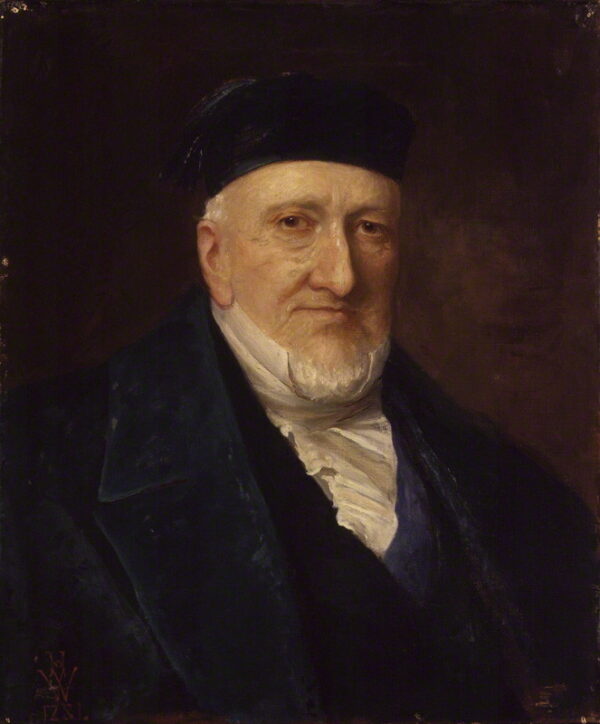
This notorious antisemitic libel had international repercussions, embroiling, among others nations, Britain. Sir Moses Montefiore, a wealthy businessman and the president of the Board of Deputies, intervened by undertaking a mission to Damascus on behalf of Jews in Syria.
Both events demonstrated an evolving level of “Jewish communal comfort regarding their status as Anglo-Jews — that is, as Englishmen who happened to be of the Jewish religious persuasion,” says the author,
At that point, more than two centuries had passed since the readmittance of Jews into Britain following their expulsion in 1290.
By the mid-1850s, British Jews were fairly well off. “They were welcome to practice their religion as they saw fit, educate their children, pursue a fairly wide range of occupations, and live where they chose,” writes Abosch-Jacobson. “This level of comfort did not, however, in way lessen their need to carve out a place for themselves in the larger society.”
She adds, “As the century progressed and the Jewish community became even more aware and concerned with English social norms, it found itself in the position of having to achieve a balance between Jewish practice and tradition and English life. In short, it was crucial to shape a functional and sustainable Anglo-Jewish identity.,”
The earliest Jewish settlers in Britain following Oliver Cromwell’s decision to readmit Jews in 1656 were Sephardis. They were soon joined by Ashkenazi Jews from the German principalities, Holland and Poland. While they fared better than many Jews in the rest of Europe, they labored under legal, economic, educational and political restrictions, and generally lived apart from Christians.
From 1830 to 1858, the House of Commons passed several measures granting Jews varying degrees of political emancipation, but they all died in the reactionary House of Lords.
Britain was home to roughly 25,000 Jews in 1815. By 1851, the Jewish population had grown to 35,000, of whom 20,000 lived in London. The increase was partially fuelled by immigration from central and western Europe. By 1880, 65,000 Jews resided in Britain, two-thirds of whom were found in London.
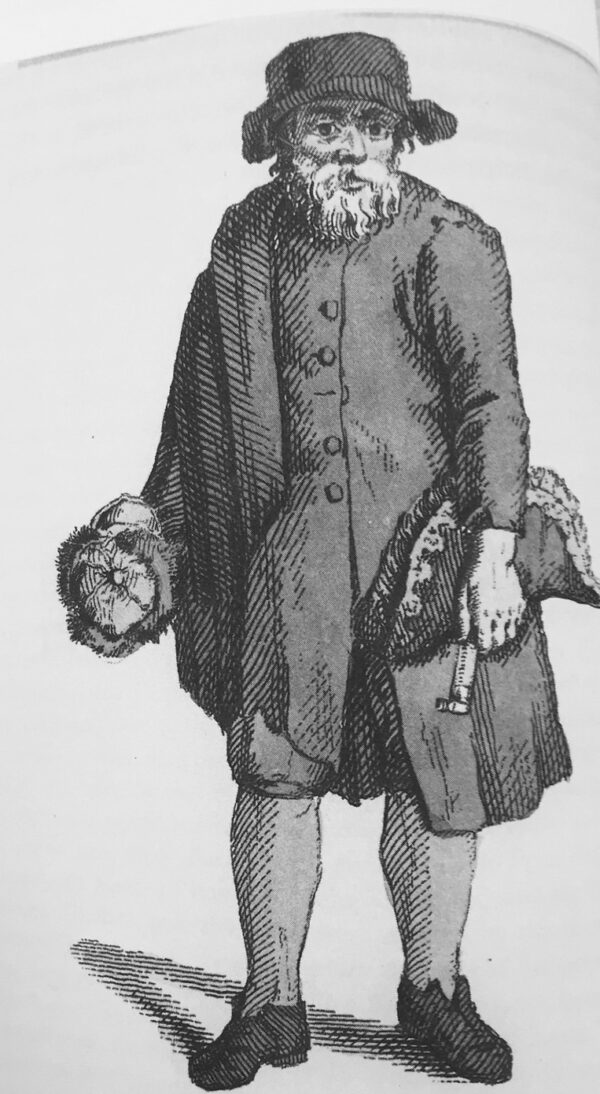
The vast majority of early 19th century Jews were poor and earned a livelihood as street traders, hawkers and rural peddlers. A tiny minority were professionals, merchants, bankers and financiers.
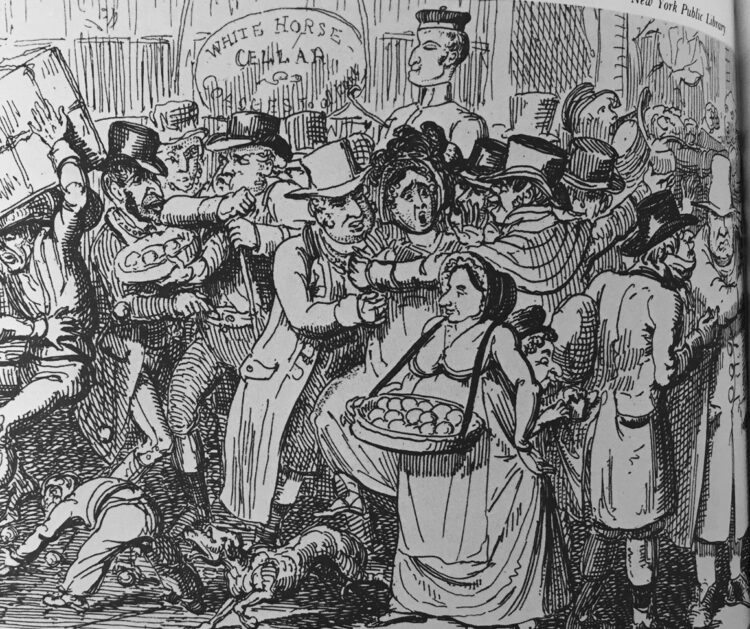
By mid-century, the picture had changed, with one-third of London Jews having ascended to the middle and upper classes. Among them was a small group of professionally-trained Jews ranging from barristers to physicians. By 1880, more than 50 percent of Jews had reached middle-class status and beyond.
In general, Jews tended to be drawn to occupations in which they could set their own hours and observe the Sabbath.
Abosch-Jacobson’s study ends in 1880, before the start of the mass migration of Eastern European Jews into Western countries like Britain, the United States and Canada. This influx increased the number of Jews in Britain more than fourfold between 1881 and 1914 and changed the composition of Anglo-Jewry from primarily native to foreign-born.
But by this juncture, she says, British Jews had gained a “tentative acceptance” in society as Jews and Englishmen and had become, in her words, “Jewish Englishmen.”
